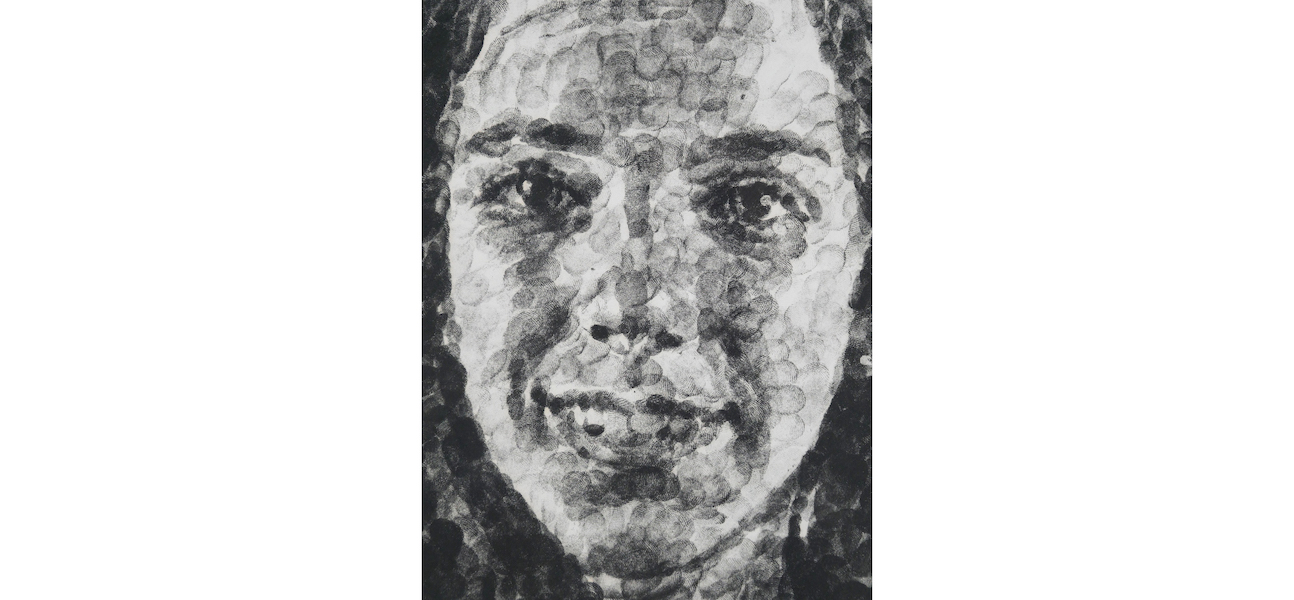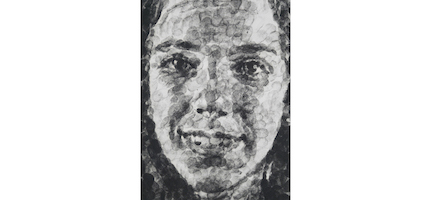
ST. PETERSBURG, Fla. – Paris, London, New York City, and … Tampa Bay. In what seems a world away from the marquee cities that have long been synonymous with fine art, Graphicstudio at the University of South Florida (USF) – and their renowned master printers – have been assiduously impacting art culture since the studio’s inception in 1968. Robert Rauschenberg, James Rosenquist, Roy Lichtenstein, Robert Mapplethorpe, Alex Katz, and many more of the brightest, boldest artistic minds of the era have added to Graphicstudio’s portfolio along the way.
What is it about Graphicstudio that has continuously lured some of the most reputable names in modern art to a public university’s nonprofit studio in southwest Florida? The answer is multifaceted and as organic as the creativity that is fostered there, and best told from the beginning.

The studio was initially conceived as a way to introduce the medium of printmaking to the students of USF, but, under the leadership of founder Dr. Donald Saff and master printer Deli Sacilotto, it quickly outgrew this constraint and adopted a nothing-is-too-bold mentality when it came to experimenting and innovating media, methods, and materials. In 1968, this pioneering philosophy drew the attention of a new Florida resident, Robert Rauschenberg (American, 1925-2008) who would become the studio’s first resident artist.
Rauschenberg’s residency at a printmaking facility was highly unusual for that time. It was atypical for an artist, especially of his status, to be so directly involved in the printmaking of their works; whereas it was much more common for an artist to relinquish the task of creating prints to the studio, with little or no personal participation in the process.
But not many facilities employed someone with the expertise that master printer Deli Sacilotto brought to the table. He is regarded as a virtuoso of photogravure, a notoriously difficult process that, when done properly, produces prints of astounding quality and nuance. The technique became a cornerstone in Graphicstudio’s repertoire and reputation.

In part because of the resounding success of the collaboration between Graphicstudio and Robert Rauschenberg, subsequent residents were “chosen” to work at Graphicstudio and, if invited, were (and still are) required to fulfill a residency for a specified duration. Such close partnership allows the team of fabricators and artists to experiment with familiar media or foray into entirely unfamiliar mediums and methods, which resulted in some of the most unique and unorthodox pieces in a given artist’s portfolio.
By the early 1970s, the studio’s reputation had become well known. Sacilotto’s brilliance and Saff’s steadfast leadership had catapulted Graphicstudio from a simple vision to a destination for art visionaries. Soon, the likes of Jim Dine, James Rosenquist and Alex Katz made their way to the Tampa Bay area, largely at Sacilotto’s and Saff’s behest, to broaden their own repertoires.
It was during this time that USF introduced their innovative Research Partners Program that would allow a supporter the opportunity to purchase six prints per year for about $150 apiece after a $2,000 initial contribution – a steep cumulative price to the average university student or casual hobbyist. But for those with both disposable income and keen foresight, it offered a rare opportunity to build a diverse portfolio of both established and emerging artists’ works that have steadily appreciated to values that even the most savvy investor could not have anticipated, with some individual prints routinely commanding $20,000 or more at auction.
One such eagle-eyed patron is retired Tampa radiologist Dr. Charles Stern, who enrolled in the program throughout the 1970s and ’80s. Dr. Stern’s collection grew to include swaths of original prints from all of the aforementioned artists, many of which he still has in his personal collection.

Six of the signed vintage prints from the Stern collection will be offered at auction on Sunday, April 30 at Myers Art Auction Gallery. Among them are Robert Rauschenberg’s Red Heart from 7 Characters (1982), several James Rosenquists, including the interactive Mastaba ‘71 from his “Cold Light” series, Jim Dine’s Multi Colored Robe (1986), and Georgia Fingerprint I by Chuck Close (1986).
A stalwart in the antiques, art, and auction industry in Tampa Bay, Myers Fine Art is celebrating its 35th anniversary on April 29, the same weekend as its April 30 fine art auction. Owned and operated by Mike Myers and Mary Dowd, Myers Fine Art’s resume includes the rediscovery of a 1956 Mikulus Medek’s painting that sold for a gallery-record $1,069,000 in February, 2019. Husband and wife, Mike and Mary consider themselves enthusiasts rather than auctioneers. Mary is a former student of the USF Institute and studied under Sacilotto. They remain friends to this day.

The April 30 auction begins at noon Eastern time at Myers Fine Art’s gallery at 1600 4th Street North in St. Petersburg, Florida. Absentee and Internet live bidding will be available through LiveAuctioneers. Participants must register for the auction beforehand, but all are welcome to participate once pre-approved.
To register, visit Myers’ website https://www.myersfineart.com or create a LiveAuctioneers account and navigate to the catalog. If you have questions, please feel free to email auctions@myersfineart.com or call 727-823-3249.
Graphicstudio and the University of South Florida are themselves conducting an exhibition on May 20, from 10 am to 5 pm Eastern time at the Graphicstudio facility located at 3702 Spectrum Blvd., No. 100, Tampa. The studio’s latest collaborations will be on display and for sale. The public is welcome. To reach Graphicstudio, email gsoffice@usf.edu or call 813-974-3503.



